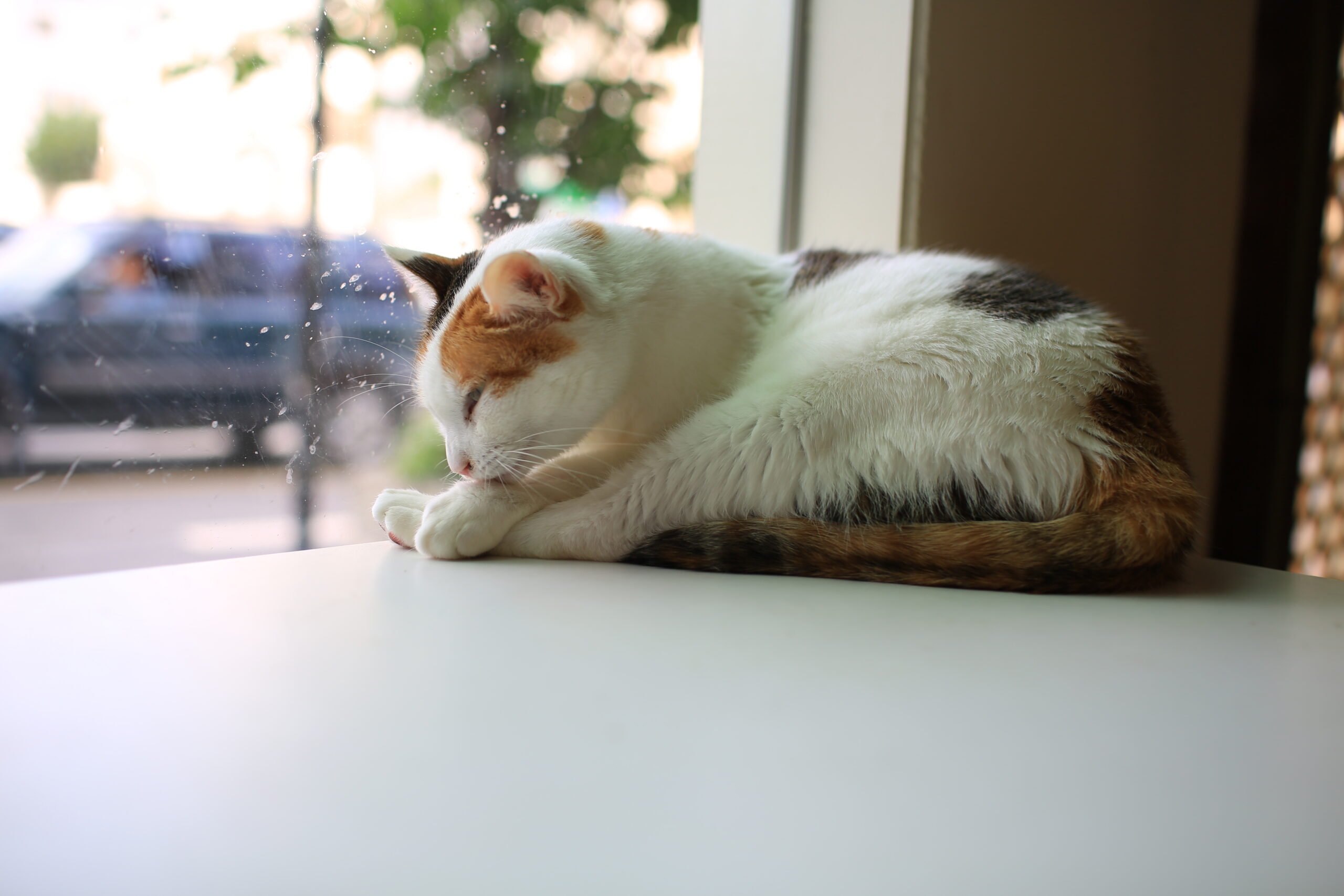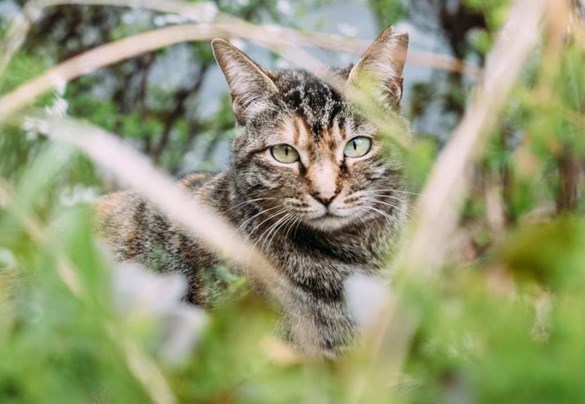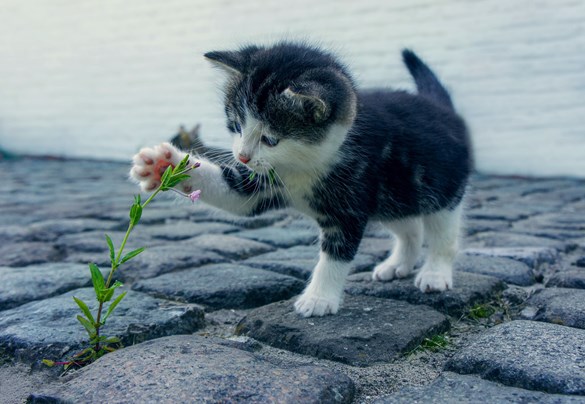
SYMPTOMS OF WORMS IN CATS: WHAT TO LOOK FOR…
SHARE THIS PAGE
You love your cat. And for the most part, you’ll know it’s easy to tell how they’re feeling or what they want. Except when it comes to knowing if they have worms.
We’ve set-out some of the symptoms to look out for, but remember, you might not know your cat has worms as often they don’t exhibit any signs at all. Even without outward signs these parasites can steal nutrients that saps energy from your cat. There are even certain types of worm that can also lead to serious ill-health.
HOW DO I KNOW IF MY CAT HAS WORMS?
Some symptoms are easy to spot, some are more difficult, and sometimes, your cat could exhibit no symptoms of having worms at all (but still feel the effects of an infestation and be at risk of spreading worms to vulnerable people too).
That’s why it’s so important to have a regular worming routine.
We’ve collated the symptoms you should look for – as well as how to treat worms if you think your cat may be at risk.
SOME SIGNS YOUR CAT COULD HAVE WORMS
WEIGHT LOSS
Weight loss might indicate that worms are feeding on the food and nutrients in your cat, which can have a severe effect on its health and well-being.
CHANGE IN APPETITE
A sudden increase or decrease in your cat’s usual appetite could be sign that your cat has worms. This is especially the case if this increase in appetite is coupled with weight loss.
VISIBLE WORMS IN FUR OR POOP
This is the most obvious sign, but it can still be hard to spot. Some worms are long like spaghetti, others are segmented and look like rice, and can be found either in your cat’s poop or in its fur or bedding. Our Health Guide on Identifying Worms in cats can help you understand what to look for.
SCOOTING
It might look funny, but when your cat rubs its bottom along the ground – sometimes called scooting – this may be an anal gland issue or it could be a sign of your cat having worms. Your cat is using this scooting action to try and itch the affected area, or they may bite or lick their bottom to do the same too.
POT-BELLIED OR BLOATED APPEARANCE
Another common sign of worms in kittens, and sometimes also seen in cats is a pot-bellied or bloated appearance.
DULL COAT
A shiny, lustrous coat is a good sign that your cat is healthy, so if it becomes dull, dry or rough – especially if this is combined with a bloated belly – your cat may have worms.
DIARRHOEA
If your cat has prolonged diarrhoea, it could be a sign of worms. Blood in stools could also be a sign of worms. Too much blood loss can cause lethargy and even blood pressure problems.
LOW ENERGY
If your normally bouncy and energetic cat or kitten looks lethargic or is noticeably less active, this could be because worms are taking blood and nutrients from your cat.

WHAT IF YOU CAN’T SEE ANY SIGNS OF WORMS?
Some signs of worms in cats and kittens can be easy to miss, so regular worming is so important as you might not even know they have them. And some cats or kittens might not even exhibit any signs or symptoms at all, but they will still be shedding eggs which can pose a risk to other cats and even humans, so vets advise you regularly worm your cat to make sure they’re healthy.
HOW DO I TREAT WORMS IN MY CAT OR KITTEN?
OTHER PEOPLE ARE ALSO READING

HOW OFTEN SHOULD I WORM MY CAT?
